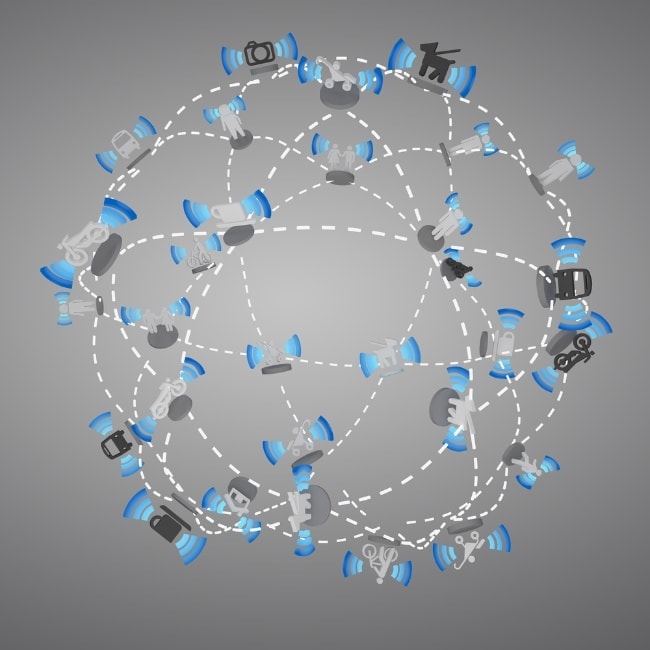If you pay even a little attention to the rapidly changing world of technology, you should have heard mention of the Internet of Things (IoT). But what is the Internet of Things, how does it work, and why does it matter.
The Internet of Things is a broad term used to refer to uniquely identifiable objects and their virtual representations in an Internet-like structure. More basically, IoT describes a world in which everyday objects — like a box of cereal, car, lamp, refrigerator, smartphone, or washing machine — are outfitted with tiny transmitters to communicate information to the Internet, or an Internet-like network. That information can then be used in a wide variety of practical business, industrial, and personal applications or data collection operations and studies.
Applications of the IoT range from the absurd to the transformative.
For example, a wireless-equipped toaster which let’s you know via a smartphone app when your bagel is ready is possible, but hardly useful. However, the ability of your car to sense and automatically transmit to local emergency services that you’ve been in an accident and your exact location could save your life.
Other realistic examples of the IoT include: better mobile payment options for consumers; smart product inventory management for stores; crop, soil, and weather sensors for optimal farming conditions; and intelligent, real-time city management of downtown parking, toll roads, and traffic conditions. With every “thing” connected and communicating, the applications are endless.
Buildings, clothing, objects, and even empty spaces are connected to the Internet or local network via beacons, sensors, tags, or other micro transmitters. These transmitters can be integrated during the manufacturing process or added later to any type of consumer or industrial products.
Various forms of wired and wireless transmission are used for communication.
The communication is often one way with the objects sending, but not necessarily receiving, data on location, orientation, status, temperature, or other physical or virtual states. Wireless technologies used to connect the IoT can include Bluetooth, cellular, NFC (near-field communications), RFID (radio-frequency identification), or Wi-Fi.
Google seems to be heavily invested in NFC as a means to connect their Android-based smartphones to other objects and the IoT. Apple, however, despite annual rumors to the contrary, has thus far declined to add NFC capabilities to its iPhone, iPod, or iPad product lines.
In fact, with iOS 7 Apple has included a little-noticed feature — named iBeacon — to use Bluetooth Low Energy (BLE) to handle communication between its mobile products and BLE-enabled objects. BLE offers many advantages over NFC, from longer range to lower cost.
As more and more everyday objects are connected and transmitting information to users and each other, the IoT will grow in size and relevance. The benefits and uses will expand as far as we can imagine.
But along with the benefits of hyper-connectivity come the dangers and risks.
Criminals, hackers, and even government agencies could use this connectivity to steal, manipulate, or spy on us. Unless protected and secured, the enormous volumes of data can be used for less-than-noble purposes. The last thing you may want is your every interaction and every movement tracked by the NSA or your hacked Internet-connected refrigerator to share your Pepsi consumption with the Coca-Cola Company.
The Internet of Things is here with new objects joining every day. Finally, according to Gérald Santucci, Head of Unit “Knowledge Sharing” for European Commission:
When objects can sense the environment and communicate, they become powerful tools for understanding complexity and responding to it effectively. Though such smart objects can interact with humans, they are likely to be interacting even more with each other automatically, without human intervention, updating themselves their daily schedules.
